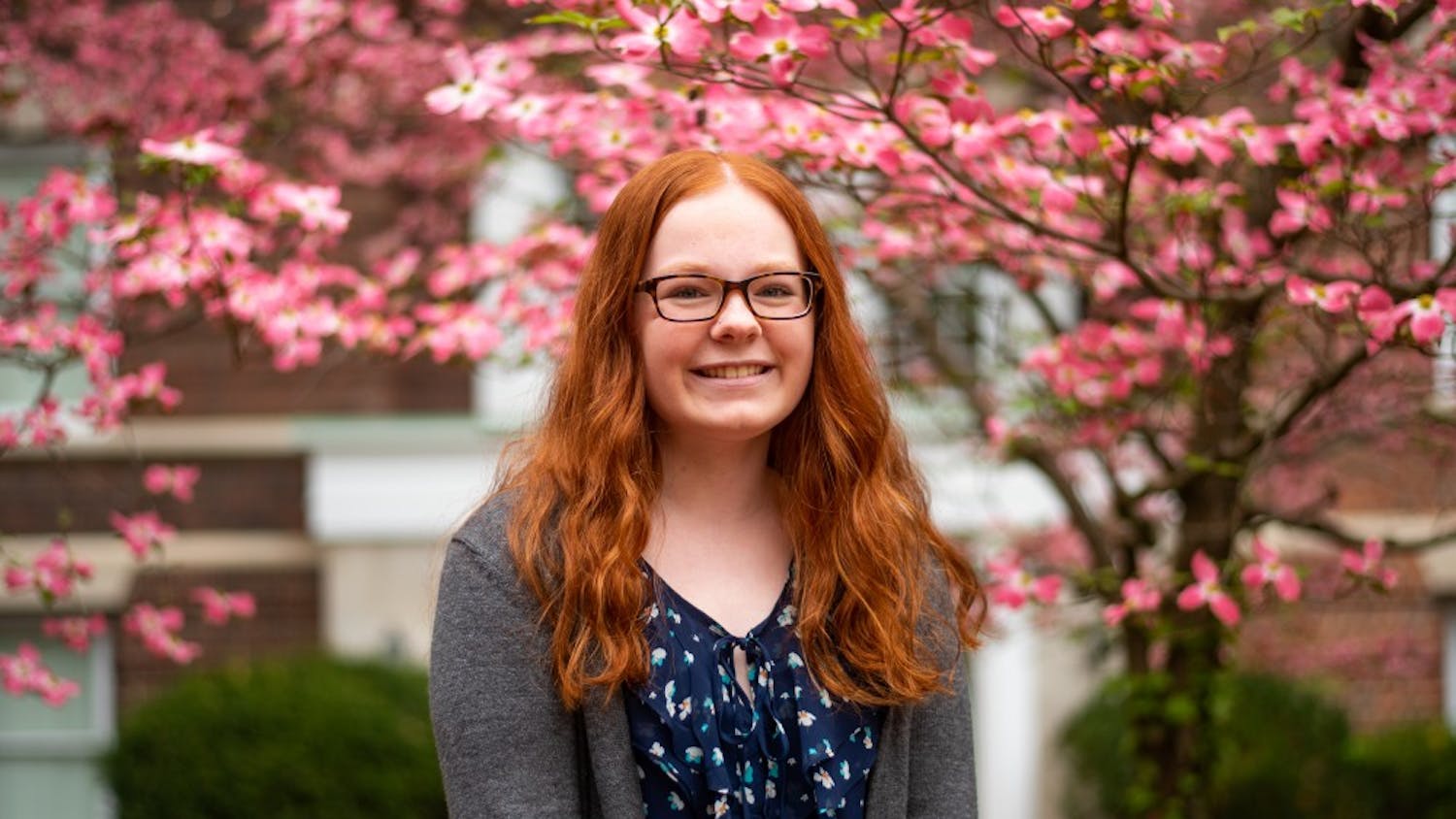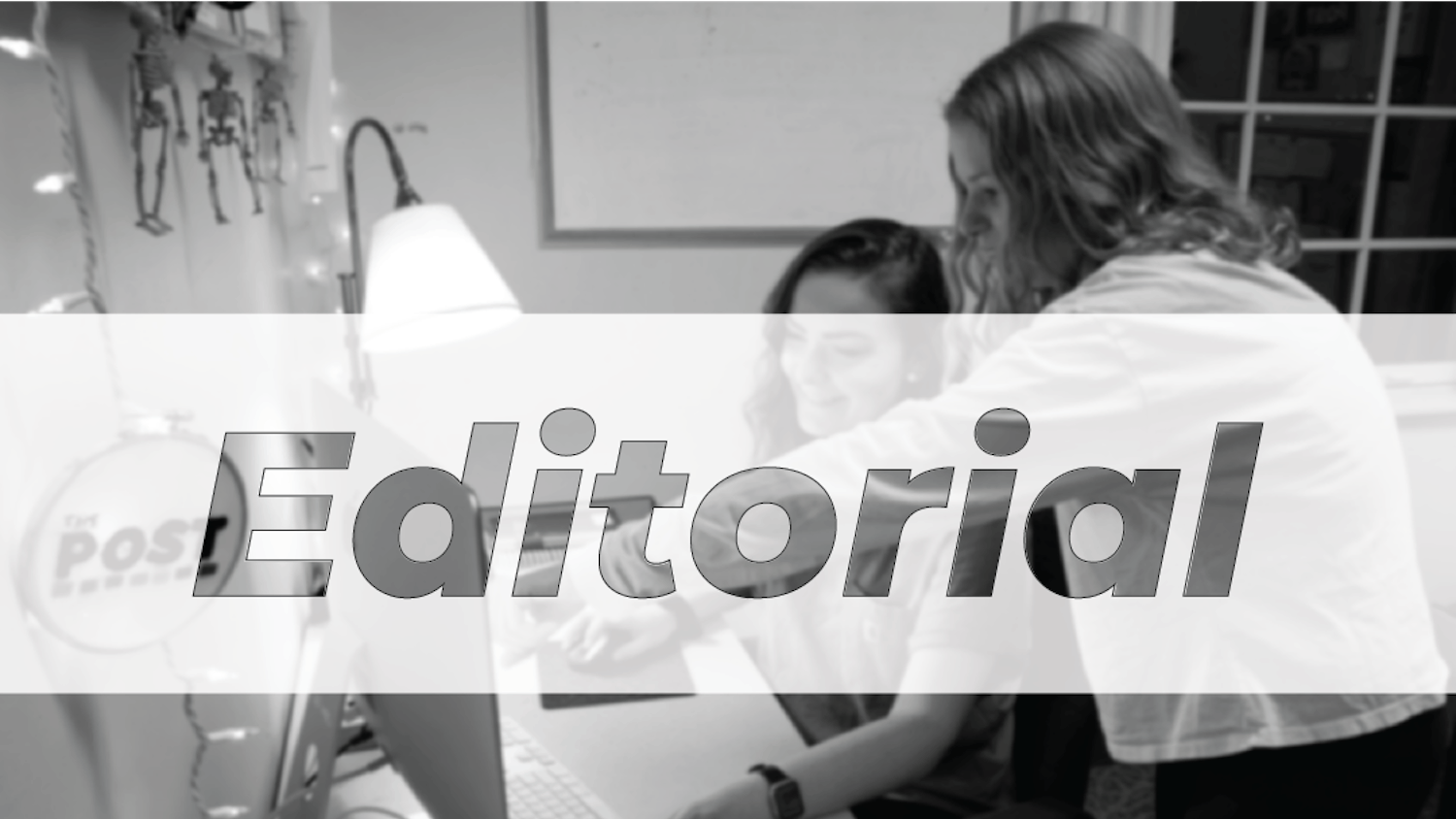In the years since The Post’s weekly print edition switched from a broadsheet format to a tabloid in 2016, it has undergone several design tweaks and templates. This year, we’re changing it up again in pursuit of releasing the best possible paper for our readers.
For those who haven’t noticed, we’ve already made some slight innovations. The logo on our cover page no longer features the colored box around it, making the logo able to better fit with each edition’s cover art. We’ve also been experimenting with larger and bolder typefaces for the title, date and teazer lines on cover in an effort to make them more readable for those with lower visibility.
Page two has been cleaned up and organized to give readers a better look at our masthead, our newsroom hours and our advertising and letters policy. We’ve also changed the process we use to upload photos and illustrations to ensure they appear better in print than ever before.
Throughout the rest of the year, The Post plans to implement other changes to our print editions. While we try to find the exact layout and template that works for us this year, don’t be surprised if things look a little different than they did before.
The biggest planned change is relocating the information that appears on page two. That page is prime space for content and ads, which is why moving this column and the information below it may better serve The Post and its audience.
We’re also changing around how Weekender looks. Some weeks, you might find the main Weekender combined with the briefs to conserve space and make room for other content. But don’t worry, you’ll be able to find the briefs online at thepostathens.com.
That’s just the stuff we have planned for now. This year, I’m encouraging The Post’s Art & Design staff to take some risks with our print editions, allowing them artistic freedom to best convey The Post’s commitment to innovation and excellence.
I hope you all enjoy what we have coming, and thank you for reading The Post!






